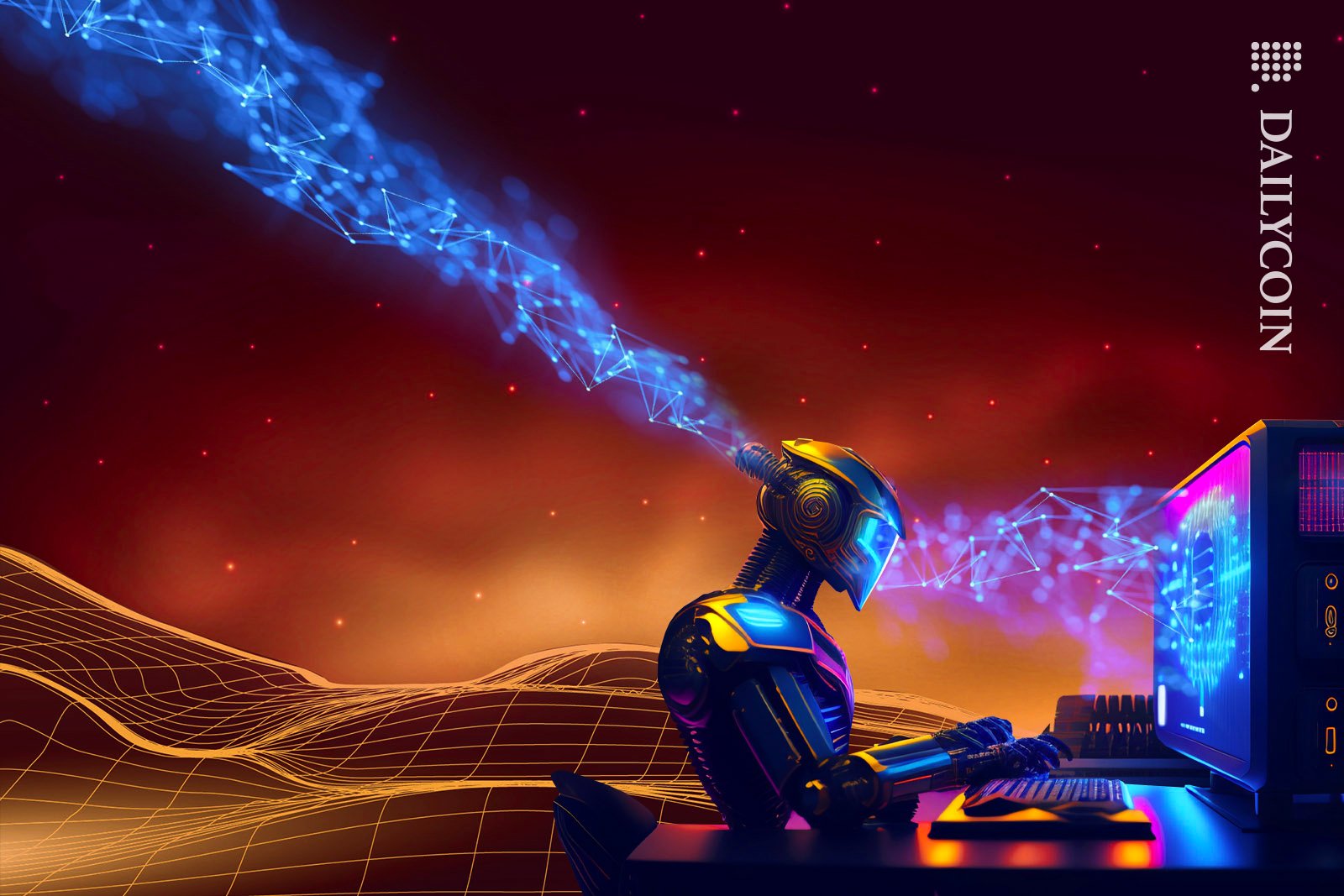
One of the hottest blockchain projects to emerge this year, known as Vara Network, has announced that it is finally ready for prime time with its mainnet up and running. The network is now fully accessible to developers of every type, from blockchain novices to the most experienced Web3 builders.
Developers are excited about Vara because it boasts some compelling features that make it quite a distinct platform from other chains, such as Ethereum and Solana.
Sponsored
Vara Network is different because it’s built atop of something called the Gear Protocol, which is a Substrate-based smart contract platform that introduces new capabilities such as the Actor model and parallel messaging. Unlike Ethereum, it also supports common programming languages such as C, C++ and Rust, so developers aren’t forced to learn a new language before they can get started with it. The reason for this multi-language support is that Gear’s smart contracts function as WebAssembly programs, complete with arbitrary logic, Vara said. So it’s accessible to a much greater pool of developers.
With Vara’s mainnet up and running, developers can access what looks to be an extremely compelling decentralized platform and build more advanced decentralized applications.
The Actor Model, inherited from Gear, handles communication between apps and “actors”, or users. It enables something called “asynchronous communication” and prevents network participants from sharing their state, enhancing both speed and security for everyone. Users can also send delayed messages on Vara, making it possible to schedule transactions and interactions with smart contracts.
Moreover, the support for parallel message processing means transactions can be processed much faster, with Vara Network claiming extremely rapid throughput. It said that during its testnet phase, it proved its high transaction volume and scalability with real-world use cases.
Sponsored
Another novel feature is Vara’s gas reservation function, wherein users can designate funds for gas fees in advance and complete priority transactions much more rapidly. It also supports “payless transactions”, which allow users to send messages without gas fees. All of these features can be combined to create more innovative DeFi applications, Vara believes.
Vara is also targeting blockchain gaming. It supports the creation of dynamic NFTs with unique attributes that can change in real-time, based on the activity of the user. Added to this, it’s possible for multiple NFT users to interact with the same smart contract simultaneously. Vara said it does this by temporarily storing data within the contract, clearing it after a predetermined time frame. These features should allow for the creation of more compelling Web3 play-to-earn games, Vara reckons.
On the security side, Vara said it is able to reduce the risk of smart contract vulnerabilities with its use of individual memory spaces.
Vara Chief Executive Nikolay Volf said the network’s availability promises to be a “pivotal moment” in the blockchain industry, ushering in a new era of dApp evolution. “We are excited to empower developers with the tools they need to create innovative solutions and drive the adoption of blockchain technology,” he added.
To date, Vara has made solid progress in attracting builders onto its platform. It said there were more than 30,000 participants on its testnet, with 75 projects building and 29 dApps already live. They include names such as Enkrypt, Polkassembly, Subscan, Subsquid and Zenlik.
